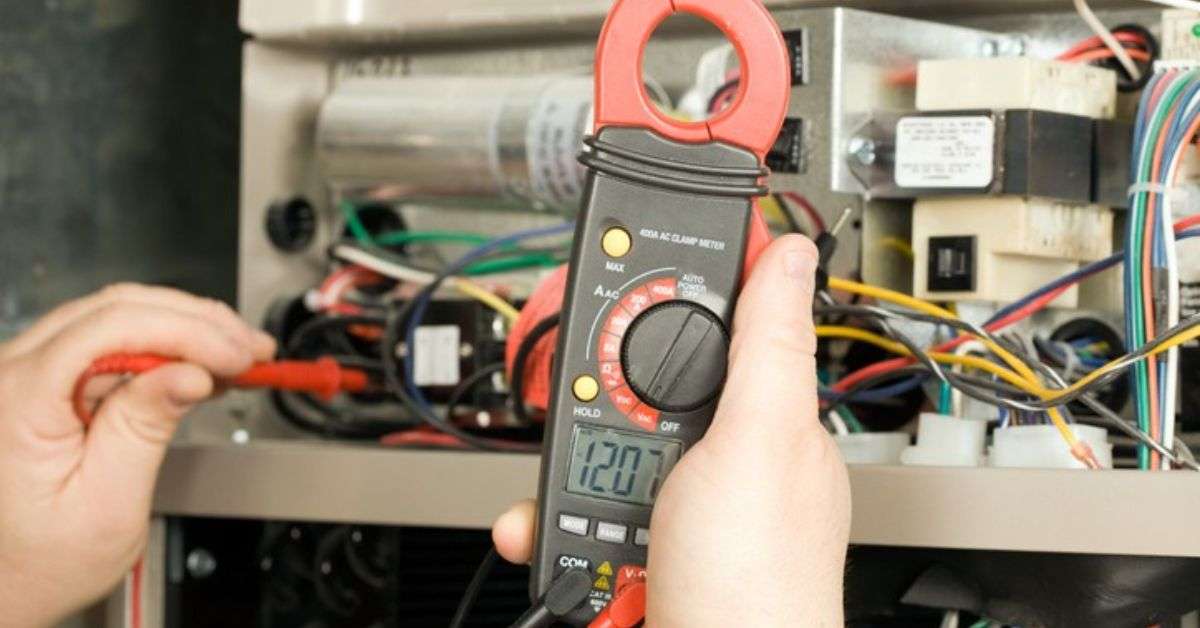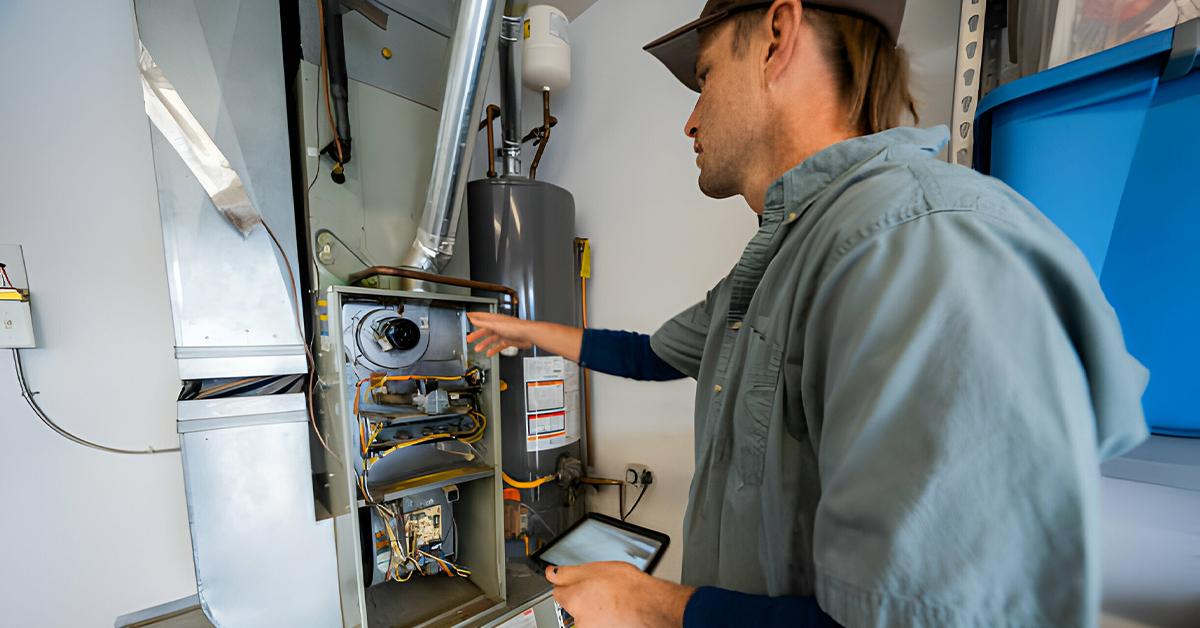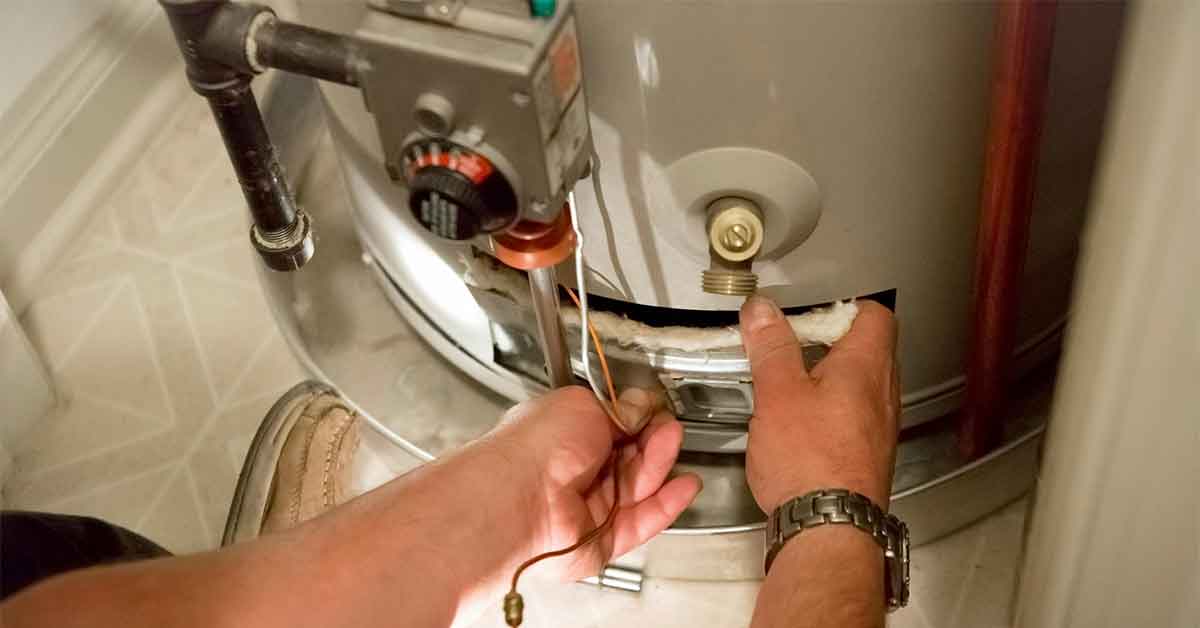Blog


The Essential Heating Tune-Up Checklist Every Homeowner Needs
The chill of winter is setting in, and it’s time to ensure your home’s heating system is up to par. No one wants to be caught in a cold snap with a faulty heating system. Enter the ultimate heating tune-up checklist every homeowner absolutely needs to keep warm and cozy. By following this checklist, not only will you maintain a comfortable temperature in your home, but you’ll also optimize your system’s efficiency, lifespan, and safety
1. Begin with a Thorough Inspection
The foundation of any maintenance regimen is a holistic overview.
- Visual Inspection: Check the unit for rust, corrosion, or water stains. Examine pipelines, vents, and radiators for wear and tear.
- Sound Check: Odd sounds can be the first sign of a problem. Be alert for any unfamiliar noises, especially grinding or knocking.
- Odor Test: Unusual smells could indicate gas leaks or burning wires. If you notice anything out of the ordinary, seek professional help immediately.
2. Clean or Replace Filters Regularly
Clean air is the linchpin of an effective heating system.
- Filter Types: Know your filter. Whether it’s fiberglass, pleated, or electrostatic, each has a different lifespan.
- Frequency: While monthly checks are optimal, the replacement cycle varies based on filter type and usage. Generally, every 1-3 months is standard.
- Environmental Impact: A clean filter reduces energy consumption, translating to a reduced carbon footprint and lower bills.
3. Check the Thermostat
It’s the brain of your heating operation.
- Calibration: Ensure that the reading matches the room’s actual temperature.
- Upgrades: Modern smart thermostats learn your patterns, leading to energy savings and consistent temperatures. Consider an upgrade if you’re using an older model.
- Placement: Ensure the thermostat is placed away from direct sunlight or drafts, as this can cause misreadings.
4. Examine Ductwork
Effective ducts lead to efficient heating.
- Sealant & Insulation: Proper sealing prevents heat loss. Regularly inspect for gaps or tears and use metallic tape or mastic sealant for repairs.
- Cleaning: Over time, dust and debris accumulate in ducts, impacting air quality and flow. Consider professional cleaning every few years.
- Filters: Some systems have duct filters. If yours does, remember to clean or replace these as well.
5. Clean the Blower Assembly
Your blower plays a pivotal role in heat distribution.
- Component Clean-up: Dust can impede the blower’s function. Periodic cleaning ensures longevity.
- Component Check: Examine belts for cracks or sagging. Look over the motor and fan for signs of wear.
- Efficiency: A clean blower uses less energy, translating to more efficient heating and reduced bills.
6. Check the Burner Flame
The flame’s appearance can be a health indicator for your system.
- Color Insights: Blue is best. Yellow, uneven, or flickering flames may indicate incomplete combustion, which can produce carbon monoxide.
- Safety Measures: Always turn off electricity and gas before inspecting. If uncertain, always seek professional input.
- Regular Maintenance: Annual professional regular maintenance checks are advised, especially for older systems.
7. Lubricate Moving Parts
Smooth operations ensure longevity and efficiency.
- Lubrication Points: Bearings, motors, and any other moving parts benefit from periodic lubrication.
- Types of Lubricants: Use lubricants recommended by your system’s manufacturer. Avoid over-lubricating, as this can attract dust.
- Noise Reduction: Proper lubrication can reduce operational noise, leading to quieter system operation.
8. Inspect the Heat Exchanger
This component is crucial for safety.
- Potential Issues: Cracks or rust can be dangerous, leading to carbon monoxide leaks.
- Frequency: Given the risks, an annual inspection by a professional is recommended.
- Signs of Trouble: Apart from visual inspection, a decrease in heating efficiency or the presence of soot can indicate heat exchanger issues.
9. Clean and Adjust the Pilot Light
The pilot light ignites your system.
- Cleanliness: Ensure there’s no buildup around the pilot light. A dirty pilot light can lead to inefficient burning.
- Adjustment: A too small or too large flame can be problematic. Adjustments may be needed over time.
- Modern Systems: Note that newer systems may use electronic ignition, eliminating the need for a pilot light.
10. Ensure Safety with Carbon Monoxide Detectors
A last line of defense against potential hazards.
- Placement: Install them near bedrooms and high-risk areas like furnaces.
- Regular Tests: Monthly testing ensures they’re operational. Replace batteries at least twice a year.
- Modern Tech: Some detectors come with digital displays, indicating even low levels of CO, offering an extra layer of safety.
Conclusion
Efficient heating is a symphony of various components working in harmony. Regular tune-ups not only assure comfort but also ensure safety and energy savings. As a homeowner, staying proactive with this comprehensive checklist can prevent unwanted surprises, allowing for a warm and cozy winter With HVAC Services. Embrace the cold, knowing your home’s heart – the heating system – beats strong and sure.




